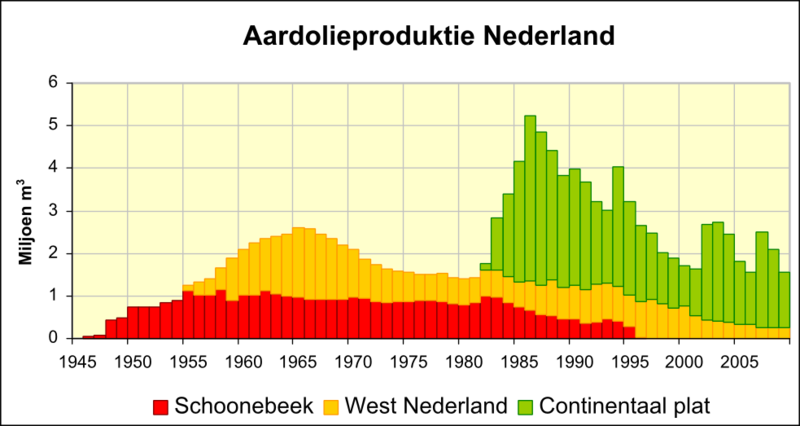Deleted member 1487
Based on the discussion in this thread about the cost of synthetic oil:
https://www.alternatehistory.com/discussion/showthread.php?t=354566
I wanted to renew the discussion about the effects of more European oil fields being online during the war and what that would mean.
I brought it up once before, but didn't want to necro an old thread:
https://www.alternatehistory.com/discussion/showthread.php?t=300285
So given that Germany was in a coal famine during the war, which topped out steel production and the synthetic program was very costly in terms of resources, especially coal and steel, how much of an impact would having access to more natural oil domestically have had on the war?
The role of synthetic oil in the German war effort:
http://www.airpower.maxwell.af.mil/airchronicles/aureview/1981/jul-aug/becker.htm
Overall IIRC Germany needed between 8-10 million tons per year to satisfy all needs and were planning on
Coal was used voraciously by the synthetic process, but could it have been replaced by natural oil in sufficient quantities?
The Matzen oil field in Austria, in the already highly developed Vienna Basin, would be a natural one to have been discovered and was also Europe's largest oil field onshore.
https://en.wikipedia.org/wiki/Matzen_oil_field
Since it was found in 1949 it has produced some 110 million tons IIRC.
https://nl.wikipedia.org/wiki/Schoonebeek
Schoonebeek, within 15 miles of the German border, was discovered in 1943, but hidden from the Germans and put into production right after the war.
250 million barrels have been extracted from 1947-1996. About 7 barrels equals 1 ton, so ~35 million tons in that period.
http://www.econtrader.com/economics/explain/how-much-gasoline-one-barrel-crude-oil.htm
Hungary too had a fair bit of oil as yet undiscovered:
http://en.wikipedia.org/wiki/Algyő_oil_field
http://en.wikipedia.org/wiki/Nagylengyel_oil_field
All of those fields should make Caucasian oil fields totally unnecessary and limit the need for the synthetic program.
What then does the saved coal go toward? More steel? Greater supplies for allies/occupied economies? More synthetic rubber?
https://www.alternatehistory.com/discussion/showthread.php?t=354566
I wanted to renew the discussion about the effects of more European oil fields being online during the war and what that would mean.
I brought it up once before, but didn't want to necro an old thread:
https://www.alternatehistory.com/discussion/showthread.php?t=300285
So given that Germany was in a coal famine during the war, which topped out steel production and the synthetic program was very costly in terms of resources, especially coal and steel, how much of an impact would having access to more natural oil domestically have had on the war?
The role of synthetic oil in the German war effort:
http://www.airpower.maxwell.af.mil/airchronicles/aureview/1981/jul-aug/becker.htm
Still, between 1938 and 1943, synthetic fuel output underwent a respectable growth from 10 million barrels to 36 million. The percentage of synthetic fuels compared to the yield from all sources grew from 22 percent to more than 50 percent by 1943. The total oil supplies available from all sources for the same period rose from 45 million barrels in 1938 to 71 million barrels in 1943.27
Overall IIRC Germany needed between 8-10 million tons per year to satisfy all needs and were planning on
Coal was used voraciously by the synthetic process, but could it have been replaced by natural oil in sufficient quantities?
The Matzen oil field in Austria, in the already highly developed Vienna Basin, would be a natural one to have been discovered and was also Europe's largest oil field onshore.
https://en.wikipedia.org/wiki/Matzen_oil_field
Since it was found in 1949 it has produced some 110 million tons IIRC.
https://nl.wikipedia.org/wiki/Schoonebeek
Schoonebeek, within 15 miles of the German border, was discovered in 1943, but hidden from the Germans and put into production right after the war.
250 million barrels have been extracted from 1947-1996. About 7 barrels equals 1 ton, so ~35 million tons in that period.
http://www.econtrader.com/economics/explain/how-much-gasoline-one-barrel-crude-oil.htm
A barrel of crude oil is about 42 US gallons. Oil refineries heat it to 370 degrees celcius, as the vapor rises it is transformed into various oil products. The lighter molecules of gasoline, diesel or jet fuel continue to rise until it is cooled and syphooned into seperate holding tanks. A barrel of crude oil can make about 19 US gallons of gasoline, 10 gallons of diesel, 4 gallons of jet fuel and another 9 gallons of other oil products such as liquid petroleum gas, plastics, lubricants or heating oil.
Hungary too had a fair bit of oil as yet undiscovered:
http://en.wikipedia.org/wiki/Algyő_oil_field
84 million tonnes
http://en.wikipedia.org/wiki/Nagylengyel_oil_field
45 million tonnes
All of those fields should make Caucasian oil fields totally unnecessary and limit the need for the synthetic program.
What then does the saved coal go toward? More steel? Greater supplies for allies/occupied economies? More synthetic rubber?
